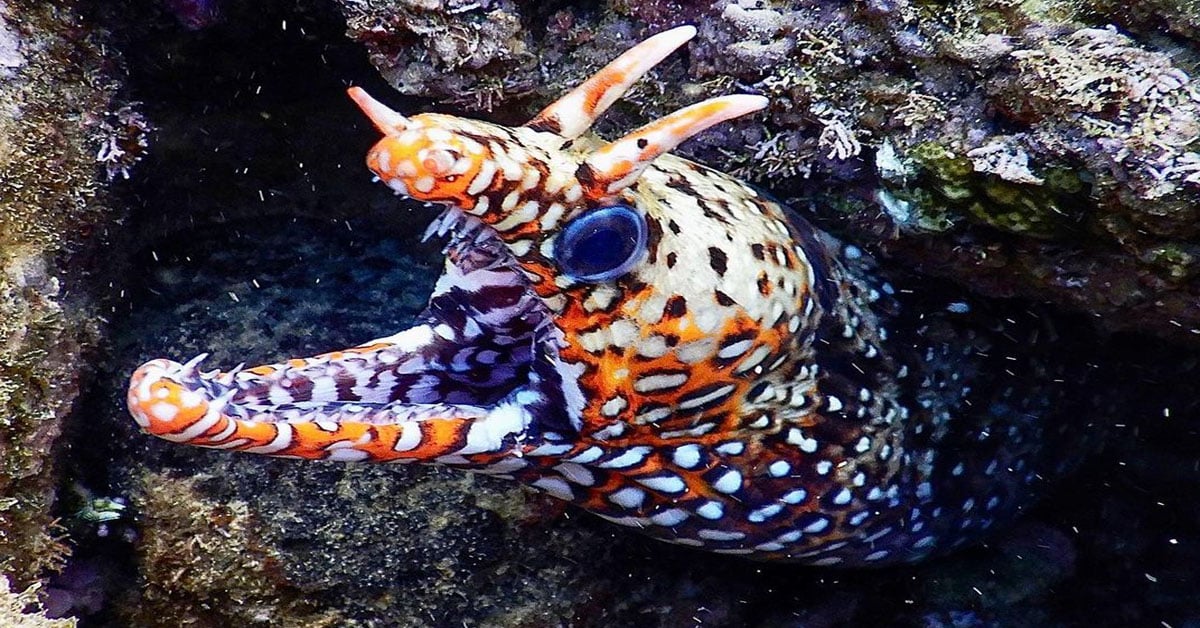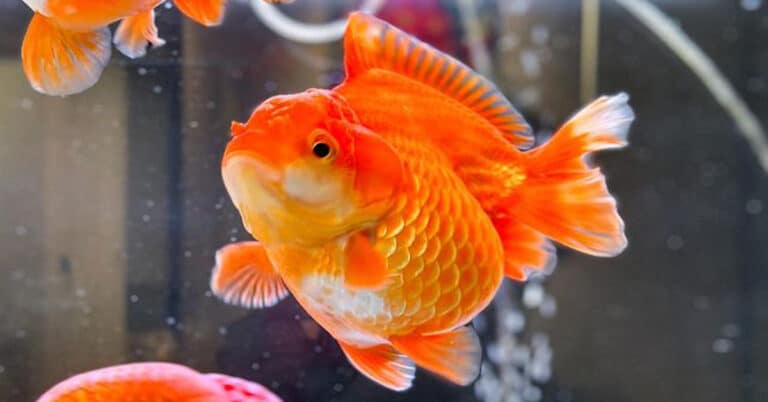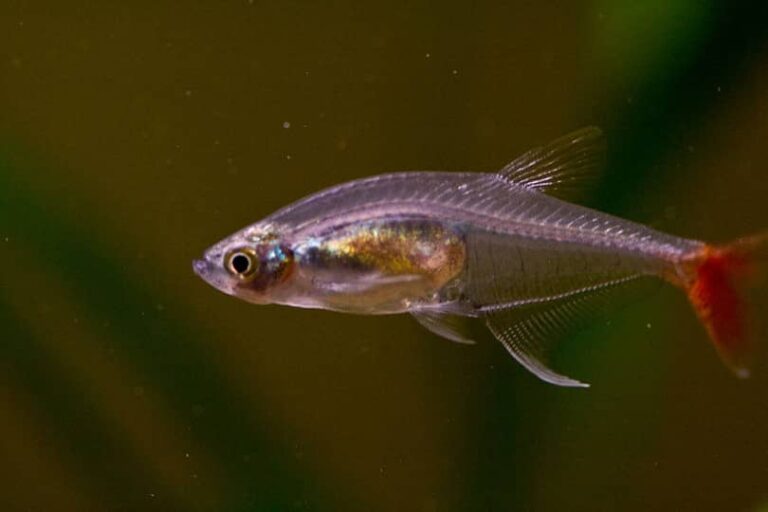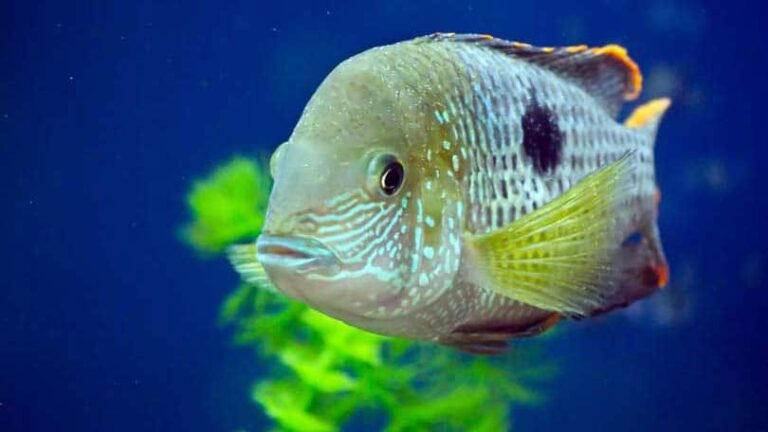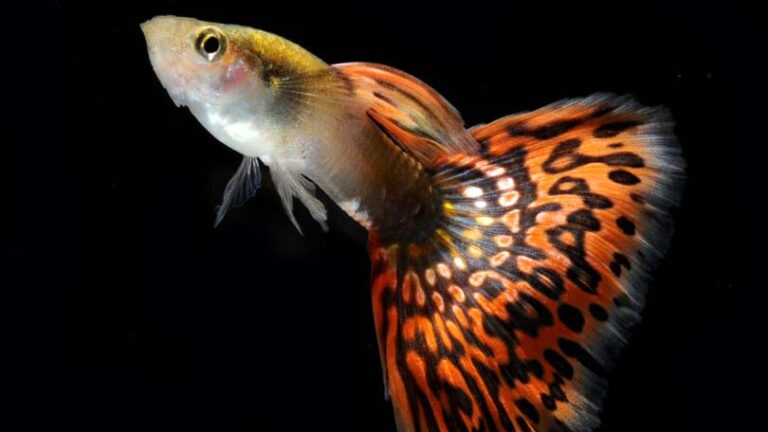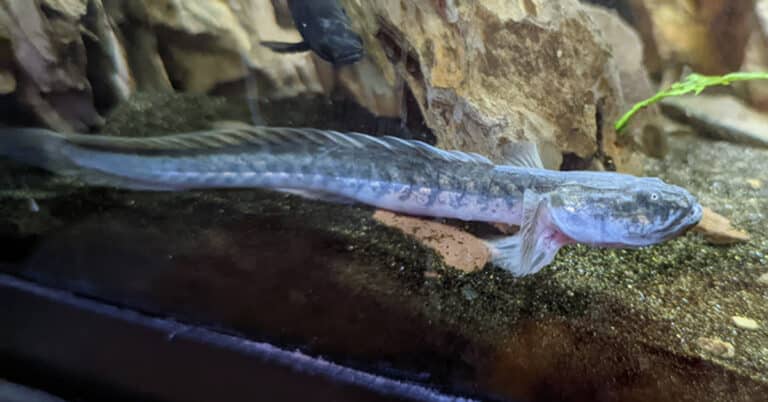Dragon Moray Eel: Diet, Habitat, and Life Cycle
Eels first show up in our fossil records during the mid-Cretaceous period dating back to roughly 100 million years ago, meaning they’re more or less dinosaurs that managed to survive the latest mass extinction.
Dragon Moray Eel Facts
They’ve evolved into over 800 known species that still exist today, classified into 19 families and 111 genera, including Conger eels, Moray eels, and many more.
Though they can look quite mean and intimidating, eels are generally not hostile toward humans unless provoked or threatened. But, it is easy to make them feel threatened. Should they feel threatened enough to attack, there’s a good possibility the wound will require stitches, and it could also result in you losing a body part such as a, or several fingers.
The most dangerous part of an eel attack, to most humans in most instances, is the germs that are spread after they bite you, which can very easily cause infection.
Eels can also bite hard enough to cause severe tendon and muscle damage. You will most likely survive to tell the tale, but if you were to die from an eel attack, you wouldn’t be the first.
Dragon Moray Eels
There are about 200 different species of Moray eel in the world today, including the one we’ll be covering in todays topic, the Dragon Moray Eel, also known as the dragon eel, the leopard moray eel, or the Japanese dragon eel.
Moray eels are a very diverse group of species found all over the world on every major coast, making them an incredibly successful marine animal.
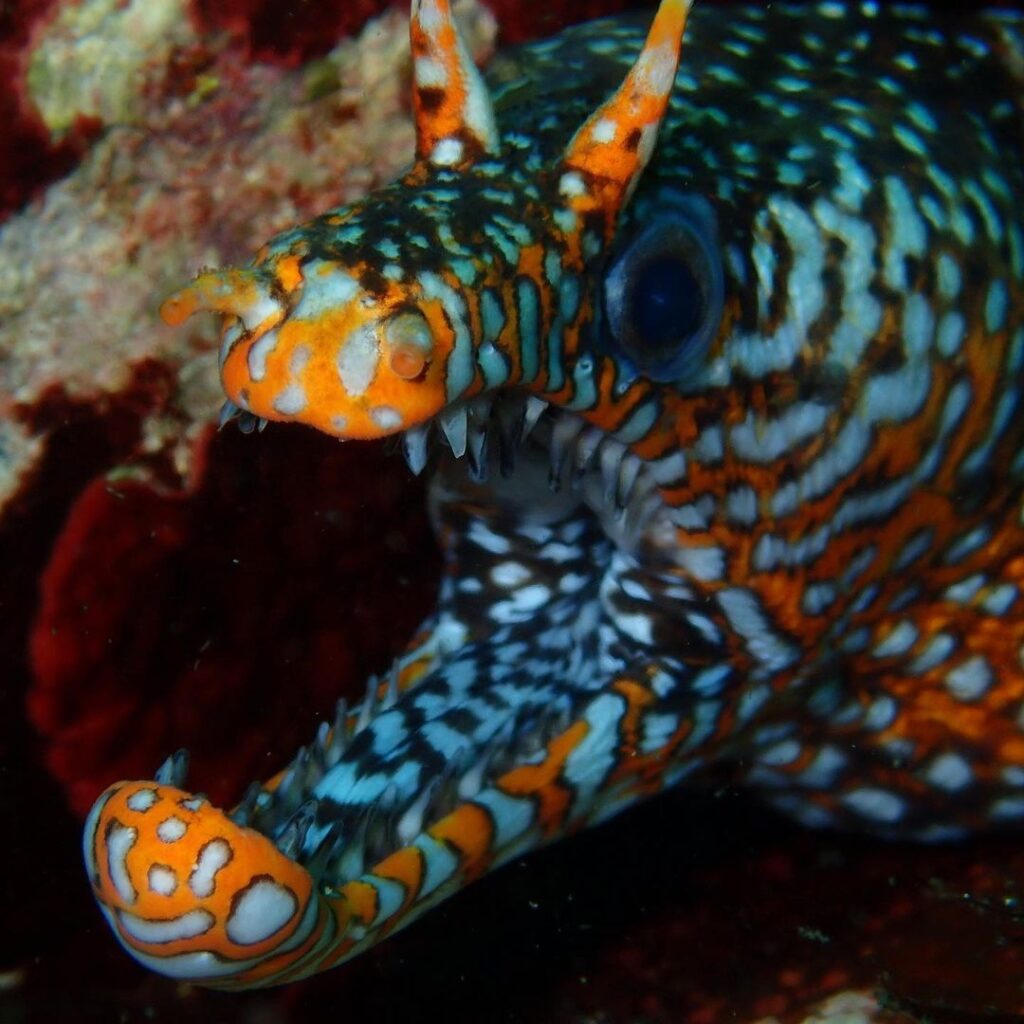
Range & Habitat
Dragon moray eels inhabit much of the eastern world throughout the Indo-Pacific ocean in places such as the coasts of Japan and New Caledonia, as well as Fiji and Australia. Though rarely found in Hawaii, they are occasionally spotted on those coasts as well.
They are found in rocky reefs, coral reefs, as well as some lagoons; they range any of these places that have a secure structure to shelter them.
Dragon moray eels generally live in depths of 39-to-46 feet (12 to 14 meters), but can live anywhere from three feet (one meter) below the surface, and up to nearly 200 feet deep (60 meters).
Feeding & Diet
Dragon moray eels are carnivorous animals that feed entirely on meat, their favorites being a diversity of squid, octopus, shrimp, and a variety of fish, even some smaller sharks.
They are opportunistic predators that feed on really anything they can clamp down on and overpower with their sharp teeth.
Moray eels have two sets of jaws, the oral jaws, and then their pharyngeal jaws.
You can see their oral jaws, as they’re the set on the ridge of their mouths, just like ours. Their pharyngeal jaws on the other hand are located in their throats. That set is believed to had evolved as modified gill arches, and it also aids them in swallowing prey, as well as keeping ahold of whatever it is they’ve caught.
Most fish use suction to help them swallow, while moray eels need no such thing as they possess this second set of jaws.
A moray eels mouth is something you definitely wouldn’t want to find any part of yourself inside of; though their teeth are incredibly small, they’re also incredibly sharp and dangerous.
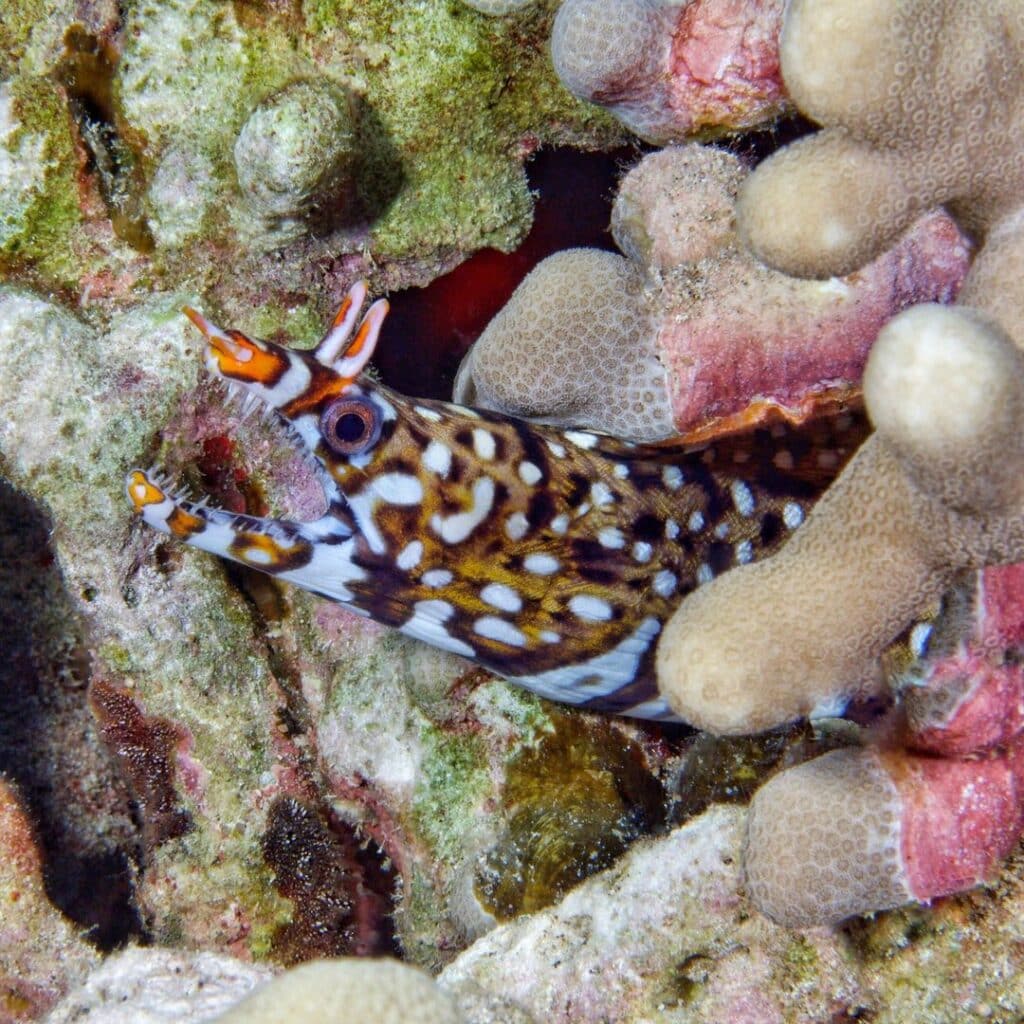
Toxins
Moray eels have toxic proteins in their blood called ichthyotoxins, which translates to fish poisons. Remarkably enough, these toxins are amongst the oldest found in any marine creature.
These poisons are found in their blood, and it keeps many of their natural predators at bay, though not in every case as some predators have become immune to it over time.
Natural Predators
Though moray eels do not have many natural predators, they do sometimes fall victim to apex predators in their respective areas. These include large groupers, barracudas, sharks, and of course, humans, which is the greatest danger to them.
Humans are notorious for overfishing, and dragon moray eels have been taken from the water by humans countless times, though luckily for them, they aren’t considered an endangered species.
Moray eels will also fall victim to one another at times.
Size & Identification
The dragon moray eel has perhaps the most striking appearance of them all. They can grow upwards of 36 inches in length, which is three feet or .9 meters. It is however believed that they can exceed 45 inches in length at full maturity.
These extraordinary creatures have muscular bodies with a relatively flat tail, as well as a dorsal fin that runs all along their bodies up until it fuses into their tail fins.
Dragon moray eels have a long snout, large eyes, and beautifully complex spotted and striped patterns, as well as a pale underbelly to aid them in camouflaging from predators. They also have a pair of antenna-like apparatuses on their heads, differing them from most other eel species.
In addition to this, most dragon moray eels will be reddish-orange in color, while others will have more of a white appearance (like the one pictured above). It is unknown why exactly this is, though it is believed it could be the difference between male and female.
Reproduction
Eels reproduce via external fertilization, much like that of other fish, rather than mating with sexual organs like we do. This makes sense considering eels are more or less scaleless fish.
It is the females job to release her eggs into the water, up to 10,000 at a time, while it’s the males job to do the same, only with his sperm.
This is how fish have reproduced for millions and millions of years, and as you see, it quickly became a very successful way for them to thrive.
Unfortunately for the parents, both male and female eels will die after spawning offspring.
Lifespan
Eels begin their lives as a transparent larvae called leptocephali. From there they will reach the glass eel stage prior to losing their transparency and turning into small elvers, which is a young eel.
After their first birthday moray eels are big enough to swim down to the ocean floor and hide themselves within the rocks and crevices of their respective reefs.
Not long after this and they will grow into mature adults, and they can live anywhere from 10-to-30 years, sometimes even upwards of 40, before their internal clock runs out.
If you enjoyed this piece, feel free to share it on social media!
And, if you enjoyed this piece, be sure to check out another we recently did on Conger Eels, this one we did on the Top 15 Strongest Bite Forces in the Animal Kingdom, or this one on the Top 10 Most Venomous Snakes in the World.

I started writing in the fourth quarter of 2018. I wrote solely about MMA and boxing up until October of 2022, where I began writing about animals; primarily dangerous, venomous species. They’ve always fascinated me. Considering, my goal is to make a living by teaching people about these wonderful creatures. You can check out my Facebook page, where every article I’ve ever written currently sits, or you can check out my Twitter page, where I’ve shared all of my animal pieces to date.

